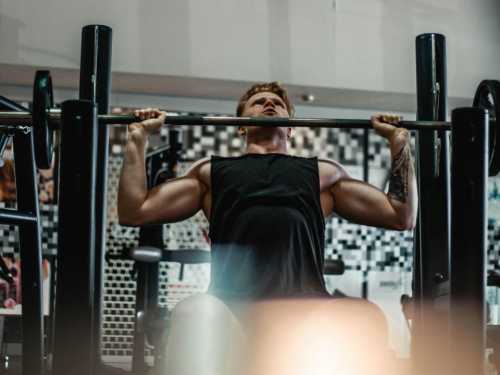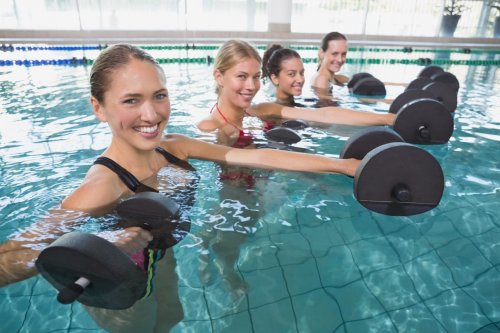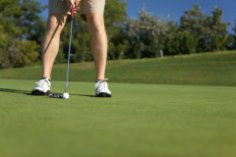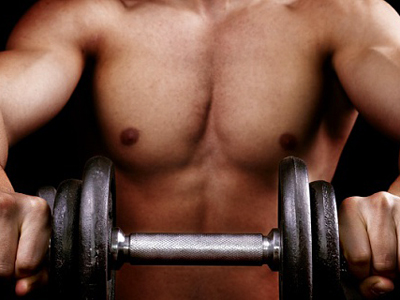
You can often hear the view that training after forty is ineffective, after fifty it is traumatic, and after sixty it is completely harmful. In short, supporters of the lack of physical activity find reasons that will calm them down so that they can lie on the couch and not worry about doing anything about their health.
Of course, excuses can be found for any age: in adolescence, testosterone is pouring over the edge – where to go? Why even train?! After twenty, it's time to think about the future, look for a job, not lift dumbbells. And after thirty, family, children, where are they?
Adequate people understand that physical activity bears fruit at any age, but these fruits are different. At a young age, it is primarily beauty, strength, speed and agility. In older age, it is the desire to be no less strong than at 18-20 years old, which training successfully copes with. And after fifty, it is already a conscious investment in the future: strengthening general health (including men's: physical activity helps maintain normal hormonal levels and general tone), energy and prevention of sarcopenia – age-related loss of muscle mass (if you don't want to move like a snail after 60).
In short, no matter how old you are, if someone says: “What are you doing, rest, your time is up!”, you can safely ignore them. Basically, there are two groups of such people. The first tell everyone that you don't need to train, because deep down they understand that you need to, but they are lazy and thus look for “comrades” for themselves, doing nothing. The second type of people thinks that after 50 years of life goes into decline, devaluing any activity and enterprise – from hobbies to classes in the gym.
This effect is called the “crab bucket”: when one person tries to climb out of the bucket, the others immediately pull him back in. Look around to see if there are any such “crabs” around you and remember that physical activity is something that not only prolongs life, but also improves its quality at any age.
Pull-ups
I'm sure that for about 60-70% of men, pull-ups cause extremely mixed feelings. The exercise is good and it is from it that you can understand who is in good shape and who is not. The only problem is that most men after 40-50 years old, who have not trained regularly, will not be able to pull up even once. And this is absolutely normal! Offering such an exercise “head-on” is a direct path to disappointment or, worse, shoulder injury.
Therefore, you need to start with preparatory options. A beginner's best friend is Australian pull-ups (when you pull your body to a low bar, while your feet are on the ground). As soon as you can confidently do 12-15 such repetitions, you can move on to pull-ups with a rubber band assistant or use a gravitron in the gym. This approach will gradually strengthen your muscles and ligaments.
What are the benefits of pull-ups after 50? There are quite a few factors.
First, pull-ups support the health of your spine. They create beneficial decompression and strengthen the latissimus dorsi and trapezius muscles of the back, which form correct posture and act as a “corset” for the spine.
Secondly, they help maintain arm strength (both muscle and ligament), which is a real problem: many men complain of a weak grip by the age of 60. Pull-ups train both the forearms and the shoulder muscles.
Thirdly, because pull-ups work almost all the muscles of the upper shoulder girdle at the same time, you don't need to spend time training them separately, which makes the exercise very effective.
Lunges or squats? Or maybe both?
The essence of training after 50 is to cover the largest number of muscles in the shortest amount of time so that the body receives sufficient stimulation, but does not become exhausted.
Lunges have their own unique benefits: they significantly improve balance and coordination, which is important for preventing falls in adulthood. Lunges are also a great way to stretch the muscles in the back of the thigh and buttocks. Good flexibility in this area directly affects the health of the lower back, because poor stretching causes the back to round when lifting objects from the floor.
On the other hand, squats are a more fundamental movement (we sit and stand up dozens of times a day) and for many people can be more stable and safer to start with. If you have knee or balance issues, chair squats (controlled lowering of the pelvis onto a chair and rising from it) are an ideal choice. This is not just a “light version” but a smart starting point that allows you to hone your technique and strengthen your muscles without risking your joints.
The conclusion is simple: both exercises are extremely useful. You can choose one of them as the main one, based on your own feelings, or alternate them in your training program. Both squats and lunges, thanks to the good work of the leg and gluteal muscles, improve blood circulation in the pelvis, which is a direct contribution to men's health.
Important summary
Lunges (or squats) and pull-ups (or light versions of them) are a great foundation for a man's training after 50. They cover the basic pulling and pushing (for the legs) movements.
But for a complete program, this framework needs to be supplemented:
Push-ups for the upper body. To avoid muscle imbalances and slouching, be sure to add push-ups from the floor (starting from the knees if necessary) or push-ups on the parallel bars.
Exercises for measles. Strong abs and lower back muscles are your main defense. The simplest and safest exercise here is the plank.
Cardio. This is not optional, but a must. Cardiovascular health is priority #1. 3-5 sessions per week of 30-40 minutes of brisk walking, swimming, cycling are much more important than any strength records.
And most importantly: consult your doctor before starting any training. Always warm up, start slowly, listen to your body, and gradually increase the load. Your goal is not records, but health and a high quality of life for many years.
Джерело: ukr.media






